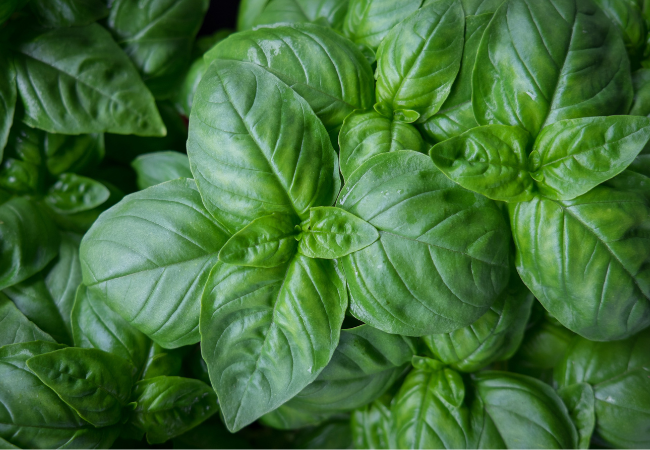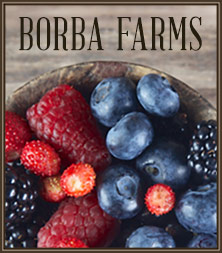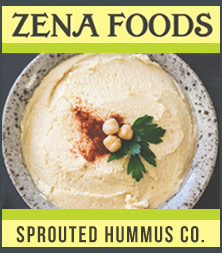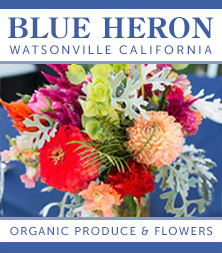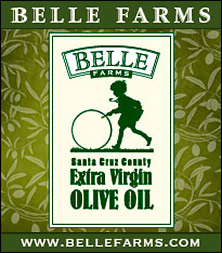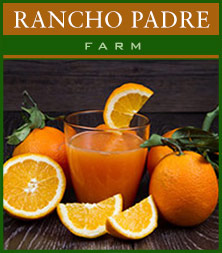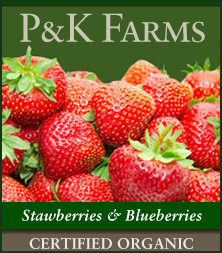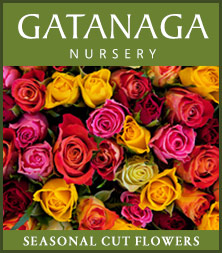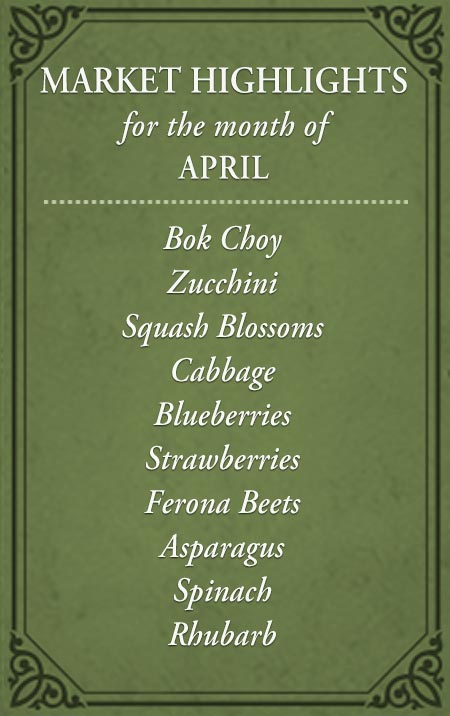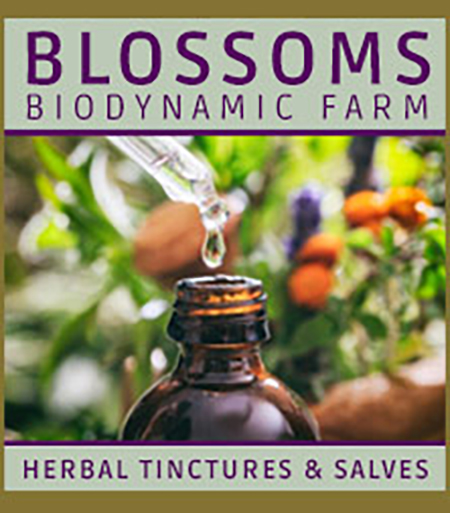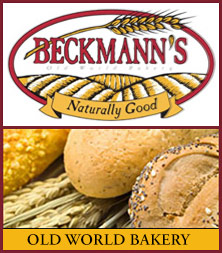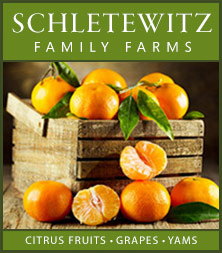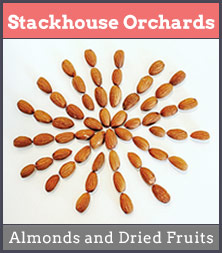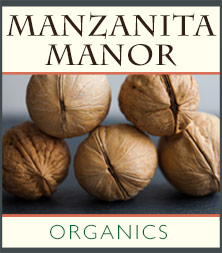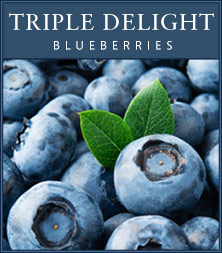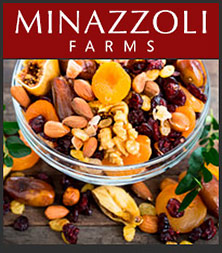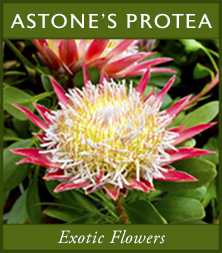Few herbs capture the essence of summer quite like basil. With its unmistakable aroma and vibrant flavor, basil is a culinary staple—especially in Italian cuisine. So beloved by the ancient Romans, it came to symbolize love and fertility.
While sweet basil—the familiar green variety—is the most common, this fragrant herb comes in many forms. Purple basil offers a deeper, more intense flavor with the same anise-like notes. Thai and holy basil, often used in Southeast Asian cooking, add complex licorice and clove undertones to curries, soups, and stir-fries. Lemon basil, popular in Indonesian dishes, brings a citrusy brightness that pairs beautifully with fish.
Basil is naturally fat-free, cholesterol-free, and sodium-free. It contains no sugar or protein, but it’s rich in vitamin K and provides a healthy dose of vitamins A and C, niacin, iron, and zinc.
Fresh Is Best
Dried basil pales in comparison to the bold flavor of the fresh leaves. Whenever possible, use fresh basil and add it at the end of cooking to preserve its delicate taste. Large-leaf varieties also make a flavorful addition to salads—use them whole or torn as a fragrant salad green.
Selection Tips
Choose basil with vibrant green leaves and a strong, clean fragrance. Avoid bunches with wilted leaves or brown tips.
Storage Tips
To keep basil fresh for a few days, wrap it in a damp paper towel and store it in a plastic bag in the refrigerator. For longer storage, blanch whole leaves in boiling water for 2 seconds, plunge them into ice water, pat dry, and freeze in airtight bags — use within four months. Another great option: blend chopped basil with just enough olive oil to bind, then freeze in ice cube trays. When you need a burst of fresh basil, pop out a cube and toss it into your dish.
You’ll find basil at KT Farms, Borba Family Farms, and Spade & Plow Organics.
RECIPES: Click here for basil recipes


